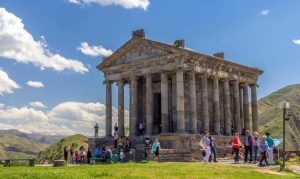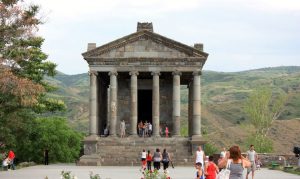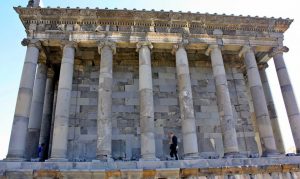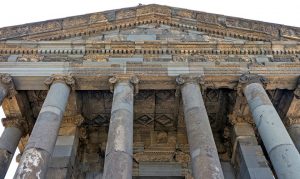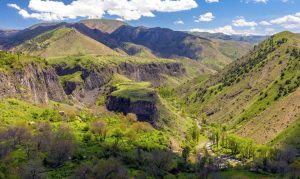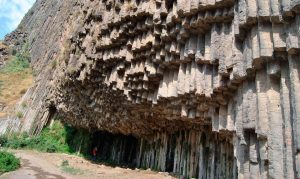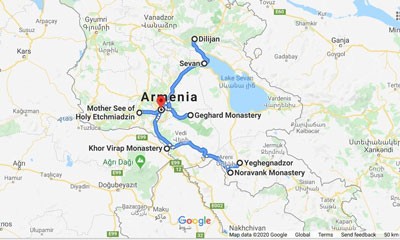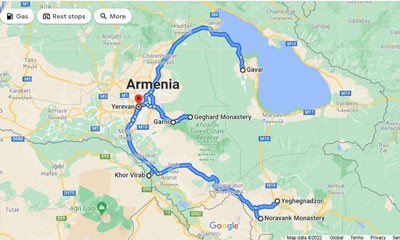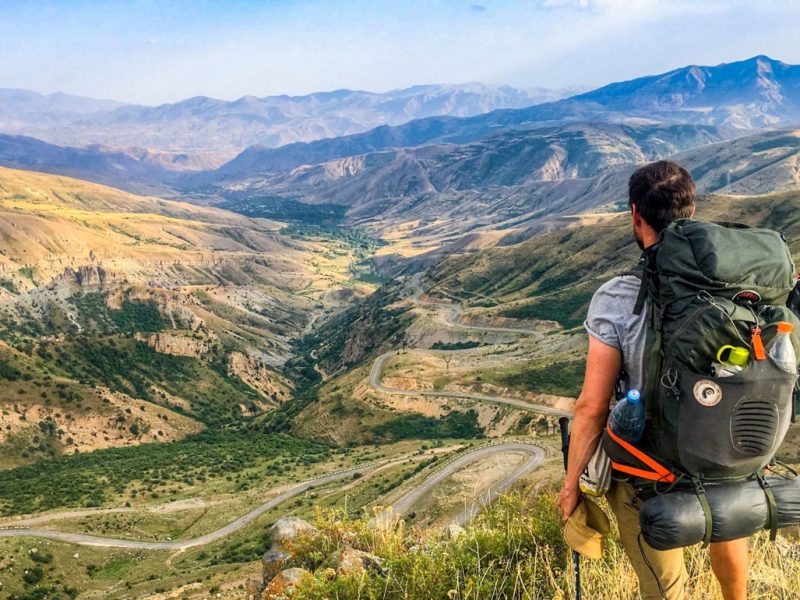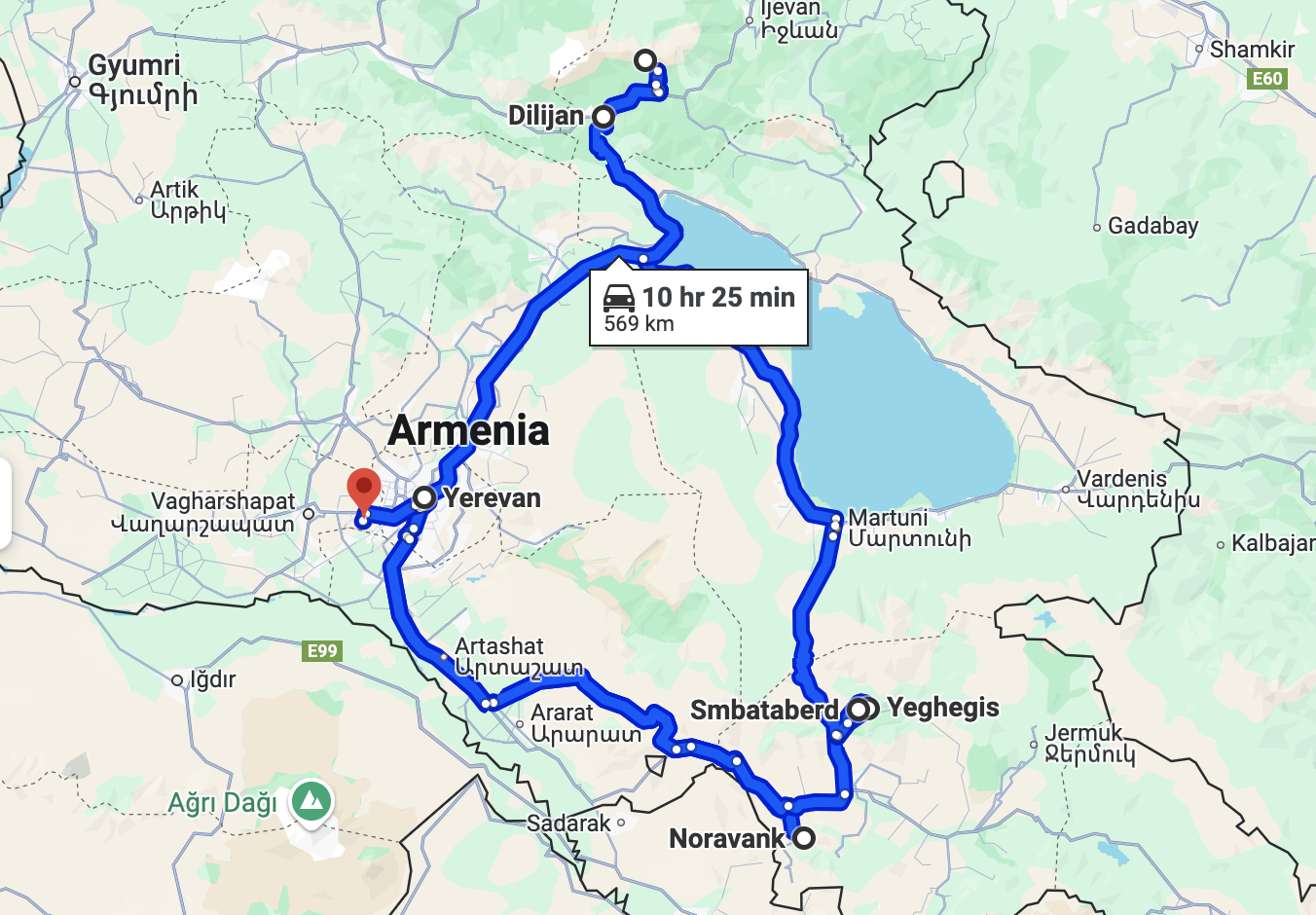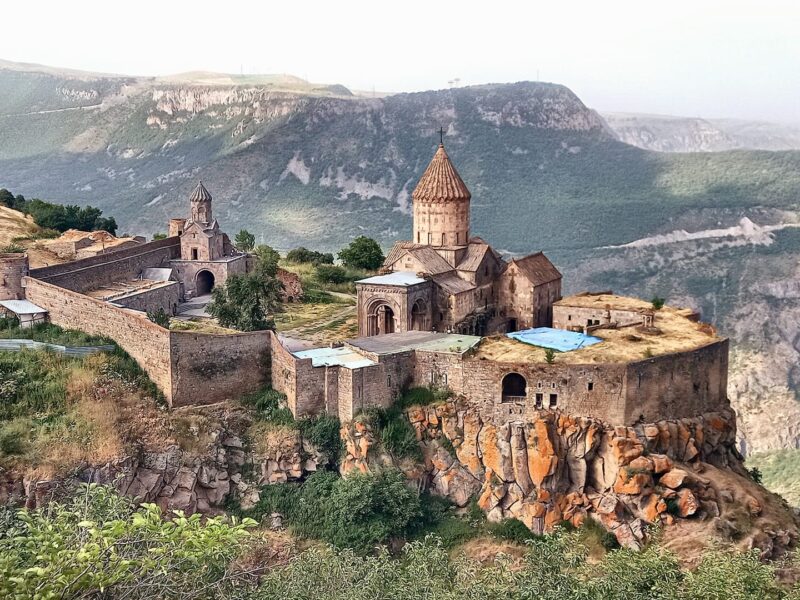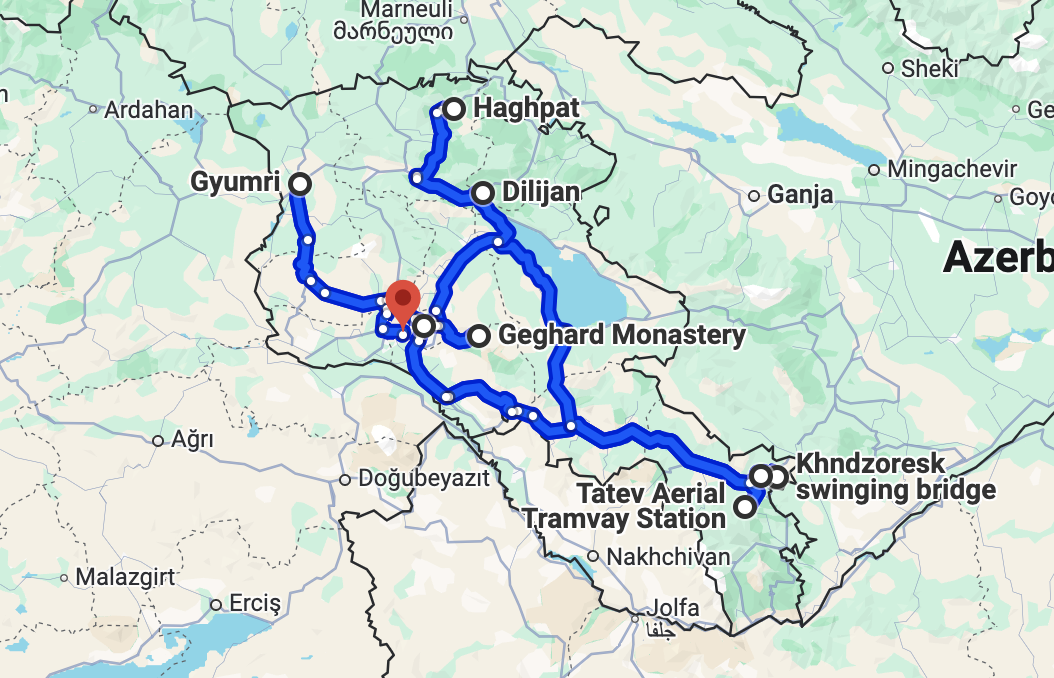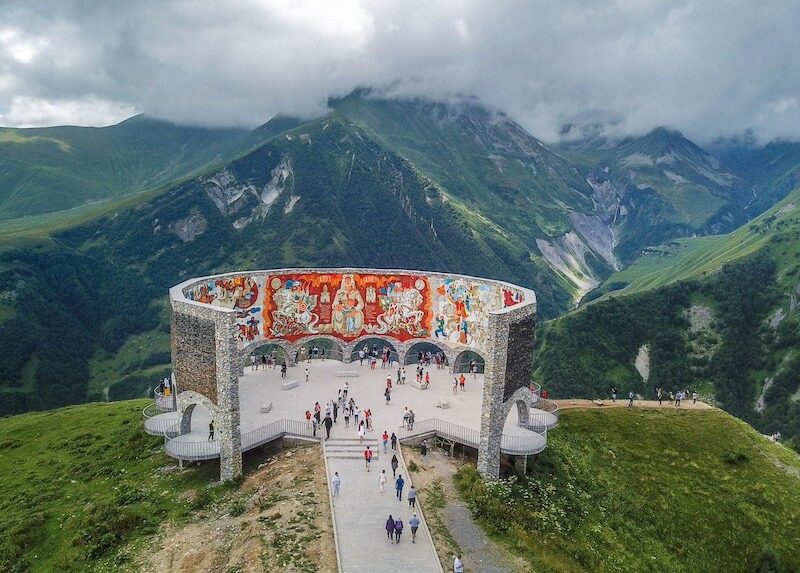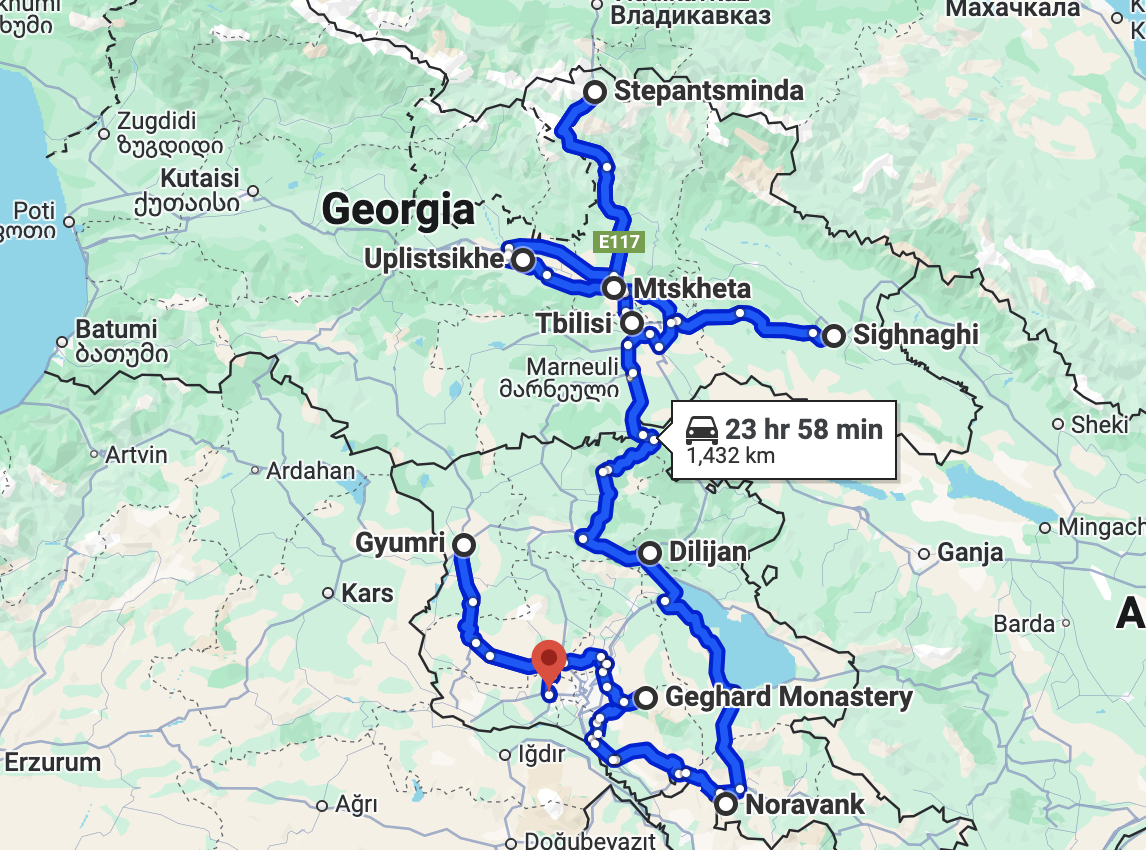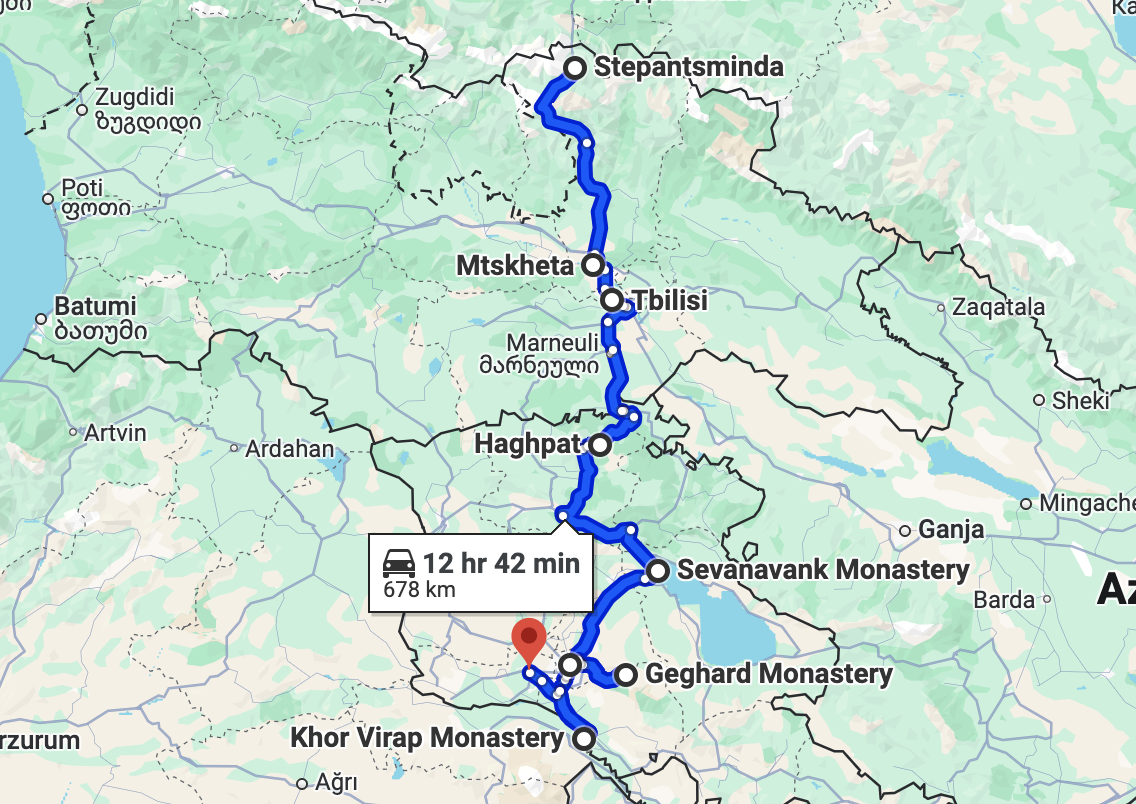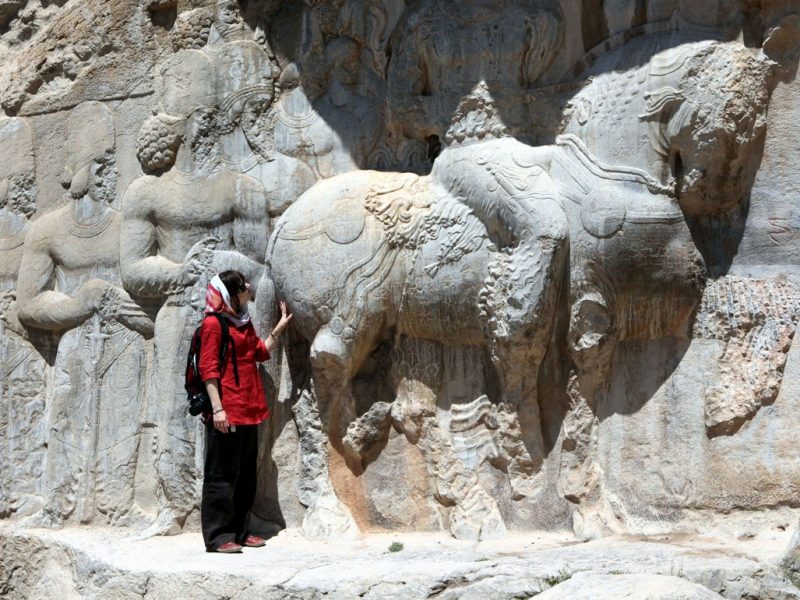Garni
GARNI
Garni Temple is one of the main tourist attractions in Armenia and the central shrine of the Armenian Neopagan Movement.
The Temple of Garni is a reconstructed classical Hellenistic temple in the Kotayk Province of Armenia. It is the only Greco-Roman colonnaded building in Armenia and the former Soviet Union. The site is located near the village of Garni, and is officially known as the Garni Historical and Cultural Museum Reserve, which includes the temple, a bath complex, a royal summer palace, the 7th century church of St. Sion and several other minor structures, including medieval khachkars (cross-stones).
Garni is the best known structure and symbol of pre-Christian Armenia. Garni Temple was built in the 1st century AD by the Armenian King Trdat with the money he received after visiting the emperor Nero in Rome, and was dedicated to the Sun God Mithra (known as Mihr in Armenia).
The deity is believed to have originated in India, evolving in Persia and Armenia into its Zoroastrian form during the Bronze and Iron Ages, from where it was carried to Greece by remnants of Alexander the Great's armies, where its Manichean form was incorporated into the Greek concept of the Helios Sun God.
The temple collapsed in a 1679 earthquake. Renewed interest led to its eventual reconstruction between 1969 and 1975. Today, the Temple of the Sun God has been fully restored to its original form, although some elements have been replaced with modern ones.
The temple overlooks the wonderful canyon shaped by the ever-flowing Goght River. The Goght River carves through this beautiful, eye-catching gorge, referred to as Garni Gorge, and admired for its well preserved vertical basalt columns. The breathtaking orderly octagonal columns look almost like an organ, that is why they are called "Symphony of Stones".


